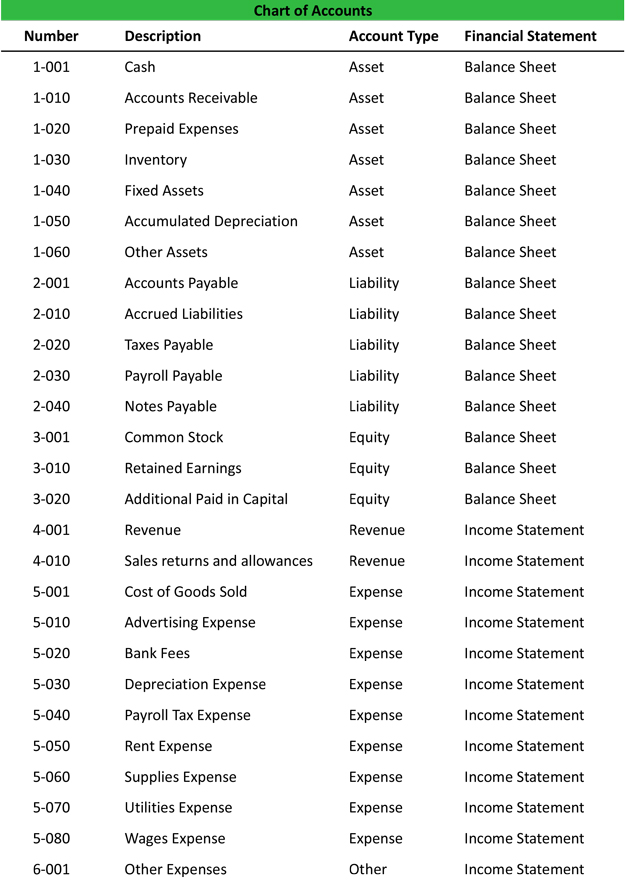

AP Metric 1: Average processing cost per invoice These are the most important account payable metrics to track. You’ll also improve financial reporting since the data from accounts payable can be used for budgeting, supply chain planning, and other critical types of financial analysis. And yet, many companies still use paper checks as they process payments, despite the reality that checks are slower, costlier to process, and more prone to fraud than electronic, ACH-based payments.īy measuring the accounts payable metrics that are relevant for your company, you’ll be able to easily spot ways to make your AP workflows more efficient and less costly. Accounts payable metrics are key performance indicators (KPIs) that allow you to spot inefficiencies and areas for growth in your accounts payable processes so you can make them more efficient.įor example, writing paper checks for business-to-business transactions has decreased significantly as electronic payment options have become readily available and more suitable for corporate needs. While the idea of efficient, well-managed accounts payable is appealing, it can be challenging to know where and how your AP department needs to improve and become more efficient. Why measuring accounts payable metrics is critical One key element to optimizing your AP department for efficiency and cost is understanding the right accounts payable metrics. Terms Similar to the Accounts Payable Turnover RatioĪccounts payable turnover is also known as payables turnover and the creditors' turnover ratio.When your accounts payable department is running smoothly and efficiently, bills are always paid on time and your company gains a stellar reputation among suppliers and partners for prompt payments. An incorrectly high turnover ratio can also be caused if cash-on-delivery payments made to suppliers are included in the ratio, since these payments are outstanding for zero days. If a company only uses the cost of goods sold in the numerator, this creates an excessively high turnover ratio. This is incorrect, since there may be a large amount of administrative expenses that should also be included in the numerator. To calculate the accounts payable turnover in days (which shows the average number of days that a payable remains unpaid), the controller divides the 8.9 turns into 365 days, which yields:ģ65 Days / 8.9 Turns = 41 Days Problems with the Accounts Payable Turnover RatioĬompanies sometimes measure the accounts payable turnover ratio by only using the cost of goods sold in the numerator. Thus, ABC's accounts payable turned over 8.9 times during the past year. Based on this information, the controller calculates the accounts payable turnover as: Purchases for the last 12 months were $7,500,000. In the beginning of this period, the beginning accounts payable balance was $800,000, and the ending balance was $884,000. The controller of ABC Company wants to determine the company's accounts payable turnover for the past year. The cash payment exclusion may be necessary if a company has been so late in paying suppliers that they now require cash in advance payments.Įxample of the Accounts Payable Turnover Ratio However, the amount of up-front cash payments to suppliers is normally so small that this modification is not necessary. The formula can be modified to exclude cash payments to suppliers, since the numerator should include only purchases on credit from suppliers. Total supplier purchases ÷ ((Beginning accounts payable + Ending accounts payable) / 2) To calculate the accounts payable turnover ratio, summarize all purchases from suppliers during the measurement period and divide by the average amount of accounts payable during that period.
#Standard accounts payable rate how to#
How to Calculate the Accounts Payable Turnover Ratio

If a company is paying its suppliers very quickly, it may mean that the suppliers are demanding fast payment terms, or that the company is taking advantage of early payment discounts. A change in the turnover ratio can also indicate altered payment terms with suppliers, though this rarely has more than a slight impact on the ratio. If the turnover ratio declines from one period to the next, this indicates that the company is paying its suppliers more slowly, and may be an indicator of worsening financial condition. Accounts payable turnover is a ratio that measures the speed with which a company pays its suppliers.


 0 kommentar(er)
0 kommentar(er)
